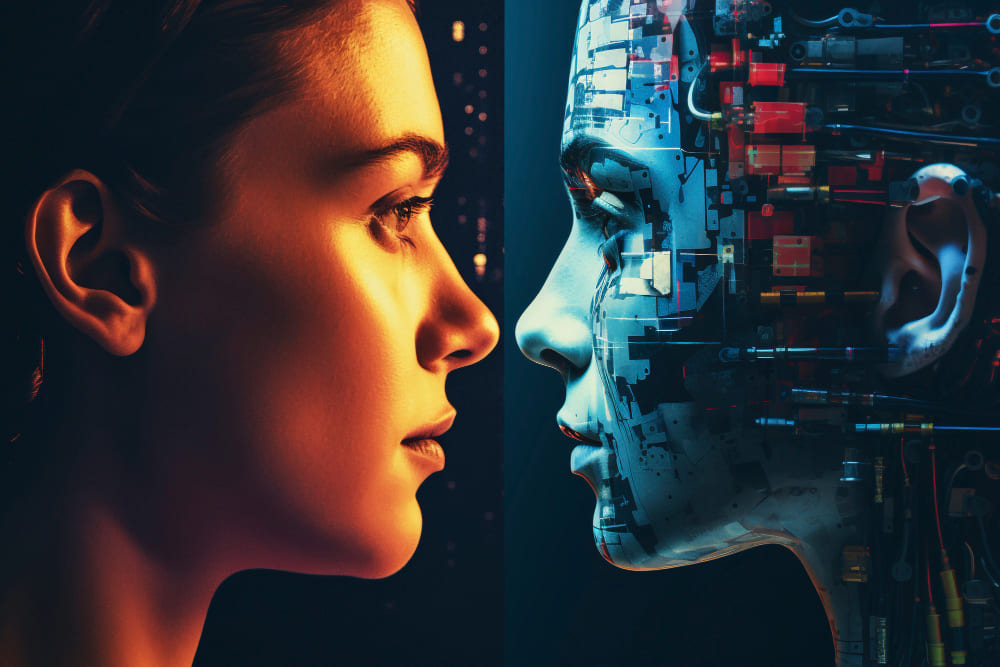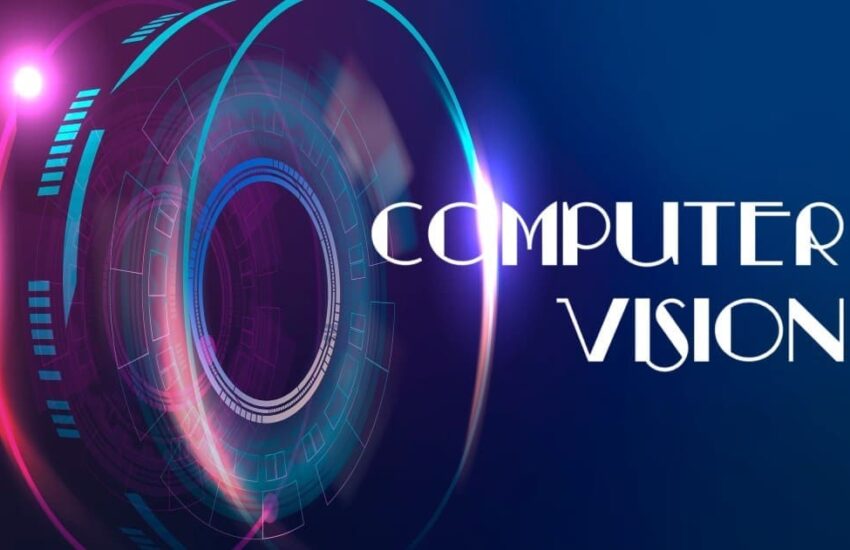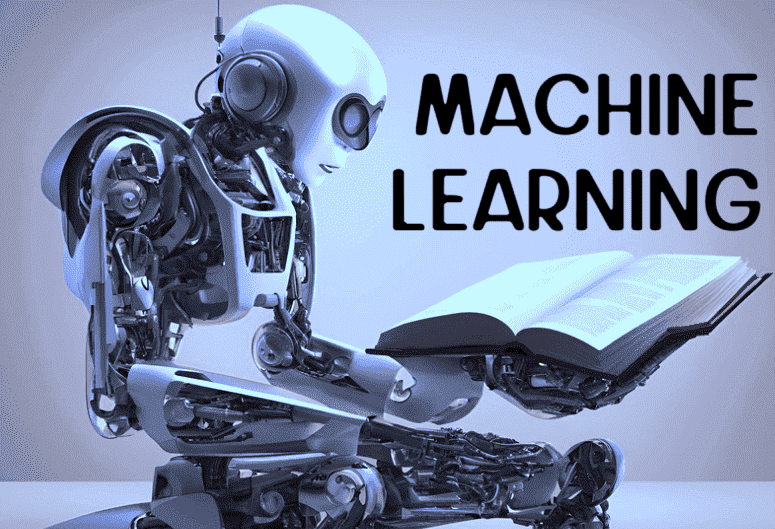
Overview:
To understand “what is Deepfake technology”, we need to first comprehend the fusion of “deep learning” and “fake,” which leverages artificial intelligence to create hyper-realistic synthetic media by altering existing images or videos to superimpose another person’s likeness. On the positive side, deepfakes hold transformative potential in fields such as entertainment, education, and healthcare. They offer innovative solutions for creating lifelike digital characters in movies, enhancing interactive learning experiences, and developing virtual therapists for mental health support.
However, alongside these promising applications come significant ethical and security challenges. The ability to manipulate media so convincingly raises concerns about misinformation, privacy violations, and fraud, necessitating a comprehensive approach to detection and regulation to prevent misuse and protect individuals from harm. This article delves into the applications, ethical concerns, detection techniques, and the future landscape of deepfake technology, highlighting the need for a balanced approach to harness its benefits while addressing its risks.
Contents:
- What is Deepfake Technology
- The Key Application Areas of Deepfake Technology
- The Key Ethical/Legal Concern
- Detection and Countermeasures for Deepfake Technology
- Summing Up
So, what is Deepfake Technology:
Deepfakes are digitally generated content that use artificial intelligence to alter images, videos, or audio. They typically involve replacing one person’s appearance with that of another, often for nefarious goals like spreading misinformation, creating fake news, or impersonating individuals. This technology relies on advanced algorithms, including facial recognition and generative adversarial networks (GANs), to produce highly realistic synthetic media.
Generative Adversarial Networks (GANs) are a type of deep-learning-based generative model that uses two neural networks to generate new data samples that are similar to a given dataset. The core idea of GANs is to frame the problem of generative modeling as a supervised learning problem with two sub-models: the generator model and the discriminator model
Let’s Understand the Key Applications of Deepfake:
1. Entertainment and Media
a. Movies and TV Shows
Example: In “Rogue One: A Star Wars Story” (2016), the character Grand Moff Tarkin was played by Peter Cushing, who passed away in 1994. Deepfake technology was used to recreate his likeness, allowing the character to appear in the film convincingly. In “The Irishman” (2019), de-aging technology based on deepfakes was used to make actors like Robert De Niro and Al Pacino appear younger, enabling them to portray their characters over several decades.
b. Video Games
Example: Deepfake technology can be used to create more realistic and personalized avatars in games, enhancing the immersive experience for players.
2. Education and Research
a. Historical Recreations
Example: Deepfakes can bring historical figures to life for educational purposes. For instance, a deepfake of Winston Churchill could deliver famous speeches, providing a more engaging way to learn history.
b. Language Learning
Example: Language apps could use deepfakes to create interactive and realistic practice scenarios, where learners can converse with avatars that mimic native speakers.
3. Marketing and Advertising
a. Personalized Content
Example: Brands can create personalized advertisements featuring celebrities. For instance, a sportswear company might create a deepfake of a famous athlete endorsing their new product in a personalized video message for individual customers.
b. Influencer Marketing
Example: Influencers can use deepfake technology to appear in more places simultaneously, increasing their reach without being physically present. A fashion influencer could “attend” multiple virtual events at the same time.
4. Art and Creativity
a. Digital Art
Example: Artists use deepfakes to create innovative digital art pieces. For instance, artist Mario Klingemann, known for using AI in his work, has created portraits and installations that challenge the boundaries of traditional art.
b. Music Videos
Example: Musicians can use deepfakes to create visually stunning music videos. The Weeknd’s “Save Your Tears” music video employed deepfake technology to produce surreal visual effects.
5. News and Journalism
a. Virtual Anchors
Example: Some news organizations are experimenting with AI-generated news anchors. China’s Xinhua News Agency has introduced AI-generated news presenters that can deliver news 24/7, providing a continuous news feed.
b. Enhanced Storytelling
Example: Journalists can use deepfakes for reconstructing events or visualizing future scenarios, making complex stories more accessible and engaging to the audience.
6. Healthcare and Therapy
a. Virtual Therapists
Example: Deepfake technology can create virtual therapists for mental health support, providing patients with a more personalized and engaging interaction.
b. Medical Training
Example: Deepfakes can simulate patient interactions, allowing medical students to practice and improve their diagnostic and communication skills in a realistic, yet controlled environment.
7. Gaming and Interactive Media
a. Customizable Characters
Example: Players can use deepfake technology to create characters that resemble themselves or famous personalities in games, enhancing personalization and immersion.
b. Interactive Storytelling
Example: Games and interactive media can use deepfakes to create dynamic narratives where characters’ appearances and actions can change based on player decisions, making the experience more engaging.
8. Corporate Training and Development
a. Simulated Scenarios
Example: Companies can use deepfake technology to create realistic training simulations for employees. For example, customer service representatives can practice handling difficult situations with deepfake-generated customers.
b. Executive Communication
Example: Deepfakes can be used to generate executive messages or training videos, where the executive’s deepfake avatar can deliver consistent and personalized messages to employees across different regions.
Are There Any Key Ethical and Legal Concern:
1. Misinformation and Disinformation
a. Political Manipulation
Example: In 2018, a deepfake video of Barack Obama surfaced, created by comedian Jordan Peele to demonstrate the dangers of deepfakes. The video showed Obama saying things he never actually said, highlighting how deepfakes can be used to spread false information and manipulate public opinion.
b. Fake News
Example: During election campaigns, deepfakes can be used to create false statements or actions by candidates, potentially influencing voters. A deepfake video showing a candidate making inflammatory remarks could sway the outcome of an election.
2. Privacy Violations
a. Non-consensual Pornography
Example: There have been numerous instances where deepfake technology was used to superimpose celebrities’ faces onto pornographic videos without their consent. This invasion of privacy can cause significant emotional distress and damage to the reputations of the individuals involved.
b. Unauthorized Use of Personal Data
Example: Individuals’ images and videos can be harvested from social media and other online platforms to create deepfakes without their knowledge or consent, violating their privacy and potentially leading to identity theft or other malicious activities.
3. Fraud and Impersonation
a. Financial Scams
Example: In 2019, criminals used AI-based voice deepfake technology to impersonate a CEO’s voice, instructing a subordinate to transfer €220,000 to a fraudulent account. This demonstrates how deepfakes can be used to commit financial fraud.
b. Identity Theft
Example: Deepfakes can be used to create realistic video or audio recordings of individuals to bypass security systems that rely on biometric data, such as facial recognition or voice authentication.
4. Defamation and Harassment
a. Character Assassination
Example: Deepfakes can be used to create videos of individuals making controversial or defamatory statements, damaging their reputations. This can be particularly harmful in professional settings, where such false portrayals can lead to job loss or other serious consequences.
b. Cyberbullying
Example: Deepfake technology can be used to create humiliating or compromising videos of individuals, which can then be shared online to bully or harass them, leading to severe psychological impacts.
5. Intellectual Property and Creative Rights
a. Unauthorized Use of Likeness
Example: Artists, actors, and public figures have a right to control how their image and likeness are used. Deepfakes can infringe on these rights by using their images without permission, potentially for commercial purposes.
b. Plagiarism in Art
Example: Deepfakes can be used to create art or music that closely mimics the style of a particular artist, raising questions about originality and intellectual property rights.
6. Challenges in Law and Regulation
a. Legal Frameworks
Example: Current laws may not be adequately equipped to address the unique challenges posed by deepfakes. For instance, proving harm and attributing liability can be complex in cases involving deepfakes, as the technology can be used anonymously and across jurisdictions.
b. Enforcement
Example: Even with laws in place, enforcing them can be difficult. Tracking the creators and distributors of malicious deepfakes requires sophisticated tools and international cooperation, which are often lacking.
7. Impact on Trust and Authenticity
a. Erosion of Trust in Media
Example: As deepfakes become more prevalent, the public may become increasingly skeptical of the authenticity of videos and images, eroding trust in legitimate news sources and media.
b. Chilling Effect on Speech
Example: The fear of being misrepresented through deepfakes could deter individuals from speaking publicly or sharing content online, impacting freedom of expression and open communication.
8. Psychological Impact
a. Emotional Distress
Example: Victims of deepfake pornography or defamation can suffer significant emotional and psychological harm, including anxiety, depression, and loss of self-esteem.
b. Public Fear and Paranoia
Example: The potential for anyone to be targeted by deepfakes can create a pervasive sense of insecurity and paranoia, affecting how people interact online and in public.
What are the Detection and Countermeasures for Deepfake:
1. Detection Techniques
a. AI-Based Detection
Example: Companies like Deeptrace and Sensity claim to have developed AI tools that analyze video and image content for signs of deepfake manipulation. These tools look for subtle inconsistencies that are difficult for humans to detect, such as unnatural facial movements or irregularities in the audio.
b. Digital Watermarking
Example: Researchers are developing methods to embed digital watermarks into videos that are invisible to the human eye but detectable by algorithms. If a video is altered, the watermark is disrupted, indicating tampering.
c. Metadata Analysis
Example: Deepfakes often lack the metadata that genuine videos have. By analyzing metadata, such as the camera model, date, and location, inconsistencies can be flagged.
d. Biometric Analysis
Example: AI can analyze biometric markers like eye blinking patterns, facial muscle movements, and voice frequencies. Deepfake videos might fail to accurately replicate these subtle biometric cues.
e. Blockchain Verification
Example: Blockchain technology can be used to verify the authenticity of digital content. By recording the origin and modifications of a video on a blockchain, it becomes easier to trace its history and verify its authenticity.
2. Countermeasures
a. Legislation and Policy
Example: In 2019, the US passed the DEEPFAKES Accountability Act, requiring creators of altered content to disclose when videos are manipulated. Similarly, China has introduced laws that criminalize the production and distribution of harmful deepfakes without consent.
b. Public Awareness and Education
Example: Initiatives like Media Literacy Week in Canada and the US aim to educate the public about the existence of deepfakes and how to critically evaluate digital content. Media literacy programs help people recognize the signs of deepfake videos.
c. Collaboration Between Tech Companies
Example: Tech companies such as Facebook, Microsoft, and Twitter are collaborating on initiatives like the Deepfake Detection Challenge. This initiative encourages the development of advanced detection algorithms and promotes sharing knowledge and tools across platforms.
Deepfake Detection Challenge (DFDC) provided a large dataset of deepfake videos to researchers worldwide, encouraging the development of new detection algorithms. Microsoft has developed a tool called Microsoft Video Authenticator that analyzes still photos and videos to provide a confidence score that a given media is artificially manipulated
d. Content Authentication Tools
Example: Adobe has introduced the Content Authenticity Initiative, which aims to develop an open standard for digital content attribution. This includes tools that allow creators to attach verified metadata to their works, making it easier to authenticate original content. A collaboration between the BBC, CBC/Radio-Canada, Microsoft, and The New York Times to develop a system for certifying the source and authenticity of media content.
e. Real-time Detection Systems
Example: Social media platforms are investing in real-time detection systems that can identify and flag deepfakes before they are widely disseminated. For instance, Facebook uses AI to scan for and remove deepfake videos that violate their policies.
3. Research and Development
a. Academic Research
Example: Universities and research institutions are actively researching new methods for detecting deepfakes. For instance, MIT’s Computer Science and Artificial Intelligence Laboratory (CSAIL) claims to be working on algorithms that can detect even the most sophisticated deepfakes.
b. Government Funding
Example: Governments are providing grants and funding for research into deepfake detection. The US Defense Advanced Research Projects Agency (DARPA) has initiatives like Media Forensics (MediFor) that focus on developing technologies to detect manipulated media.
4. Ethical and Social Countermeasures
a. Promoting Ethical AI Development
Example: Organizations like the Partnership on AI are promoting ethical guidelines for the development and use of AI technologies, including deepfakes. These guidelines emphasize transparency, accountability, and the importance of preventing harm.
b. Support for Victims
Example: Legal and psychological support systems are being developed for victims of deepfake abuse. Organizations like the Cyber Civil Rights Initiative offer resources and support for individuals affected by non-consensual deepfake pornography.
Summing Up:
In summary, deepfake technology represents a double-edged sword with the potential to revolutionize various sectors while simultaneously posing significant ethical and security challenges. On one hand, deepfakes offer exciting possibilities for entertainment, education, and healthcare, enhancing creativity and personalized experiences. For instance, they can bring historical figures to life for educational purposes, create realistic digital doubles of actors in films, and develop virtual therapists to provide accessible mental health support.
On the other hand, the misuse of deepfakes raises serious ethical concerns. The potential for spreading misinformation, violating privacy through non-consensual content, committing fraud, and cyberbullying necessitates robust detection and countermeasures. Advances in AI-based detection, digital watermarking, and blockchain verification are crucial in identifying and mitigating deepfake threats. Concurrently, legislative actions, ethical guidelines, and public awareness campaigns are essential in regulating and educating society about the responsible use of this technology.
Looking ahead, the future of deepfakes will be shaped by technological advancements, regulatory frameworks, and societal responses. While the technology will continue to evolve, making deepfakes more realistic and accessible, the implementation of effective detection techniques, legal measures, and ethical standards will be vital in ensuring that deepfakes are used responsibly. Ultimately, a balanced approach that harnesses the benefits of deepfakes while mitigating their risks will determine their impact on society, maintaining trust in digital content and protecting individuals from potential harm.











